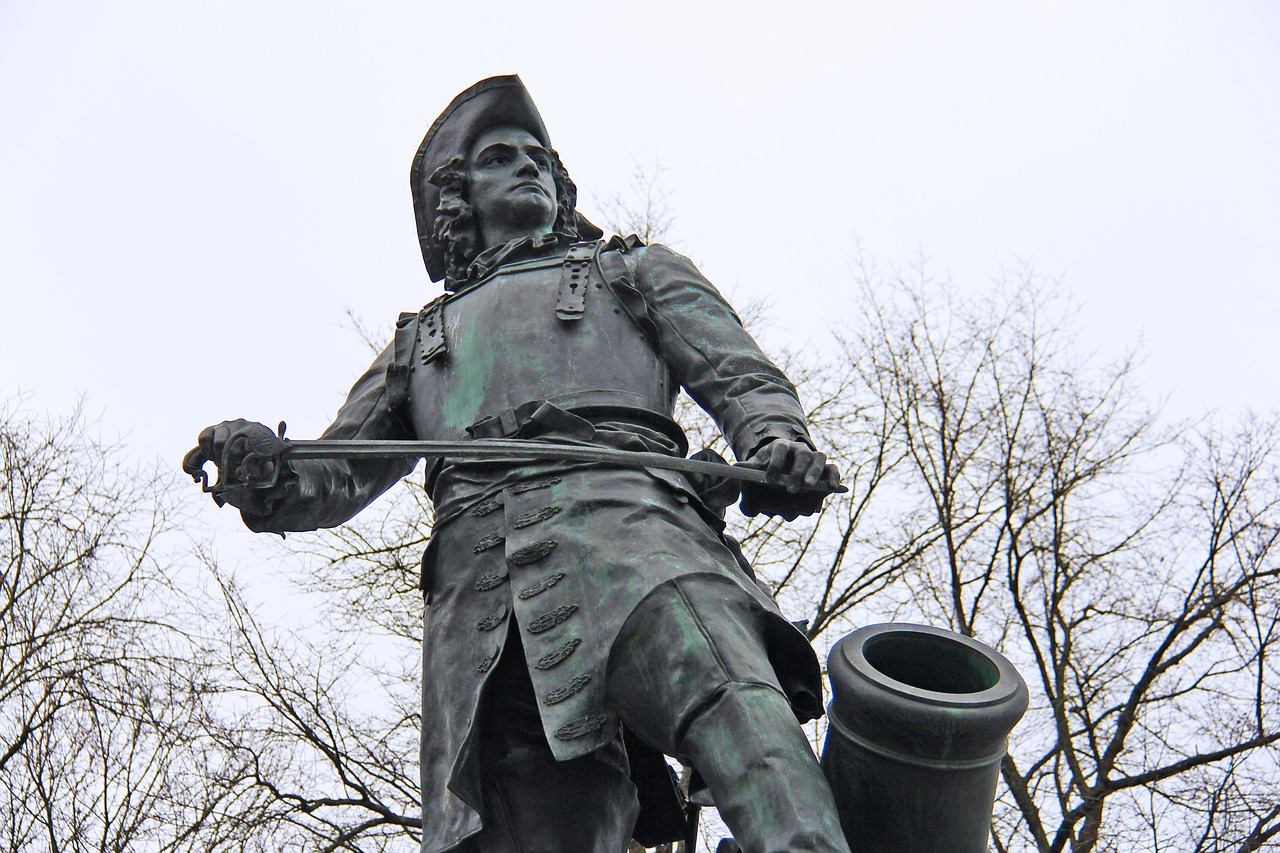Exploring Aker: The Egyptian God of the Horizon
Aker holds a prominent position in the mythology of ancient Egypt, characterized as the solar god of the horizon and a key guardian of the Underworld. This article delves into the fascinating legends and beliefs that surround this deity, as well as provides engaging facts that are accessible for children and educational purposes.
The Primeval God of the Horizon
As one of the earliest deities in ancient Egyptian culture, Aker was represented in the form of two majestic lions, symbolizing protection over both the earthly realm and the horizons of the Underworld. Notably, Aker is believed to be connected to the Great Sphinx, with the “Highlands of Aker” referring to the elevated Giza plateau, where both the Sphinx and the Pyramids stand guard.
The dual lion imagery signifies Aker’s constant vigilance, with each lion facing away from the other, embodying the transition between light and darkness that occurs each day. The depiction of these lions often features leopard-like spots, reminiscent of the now-extinct Barbary lion which once roamed the lands. Furthermore, their positioning symbolizes the division of day and night, reinforcing Aker’s role as the gatekeeper between these two realms.
Symbolism of Aker
One significant symbol associated with Aker is the Sun Disk, which rests beneath a line that represents the horizon, flanked by two mountains. This emblem encapsulates the idea of enclosure and protection. Moreover, the Sun Disk was a revered icon throughout ancient Egypt, associated with creation and the vital cycle of life, rebirth, and resurrection.
The god was seen as a crucial ally to early kings, believed to unlock the gates leading to the Underworld, allowing the monarch to traverse into the afterlife. Additionally, Aker is entwined in the creation myths and the tales of the formidable serpent deity, Apep, who constantly posed a threat to Ra, the sun god. Aker’s role in these narratives includes the imprisonment of Apep’s coils, preventing its resurgence to battle against the divine.
Aker is also depicted as a guardian of Ra’s solar barque (boat), which sailed across the sky from noon to sunset. This journey, taking place from the West to the East, was fraught with dangers including the antagonistic Apep, against which Aker provided protection.
The Akeru and Their Importance
Historical records from the Late Period of ancient Egyptian history refer to Aker’s dual lion form as the Akeru, with the specific names Tuau (today) and Sef (yesterday). This duality reflects the significance of time in Egyptian mythology, emphasizing Aker’s role as a temporal boundary.
The Akeru lions were acknowledged in ancient Pyramid texts, where they were depicted as guardians of the pharaoh, ensuring safe passage for the monarch while asserting that they were not to threaten the mortal realm. In response to the potential dangers posed by the Akeru, priests devised protective spells to shield ordinary people from their overwhelming might.
As a compassionate deity, Aker was believed to possess the ability to absorb venom from serpents and scorpion stings, showcasing his role as a protector of humanity. Statues and imageries of Akeru were placed at temple entrances, symbolizing their role as fierce wardens against malevolent spirits.
Conclusion
The myths and symbols surrounding Aker highlight the rich tapestry of ancient Egyptian mythology. As a complex character representing duality, protection, and the cyclical nature of life and death, Aker’s legacy continues to intrigue those exploring Egypt’s ancient spiritual heritage.



